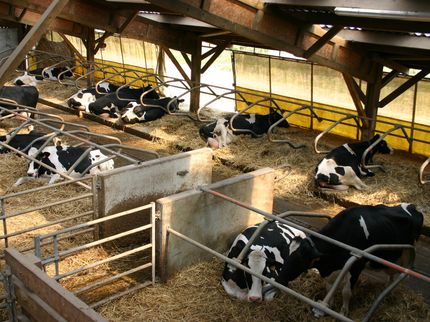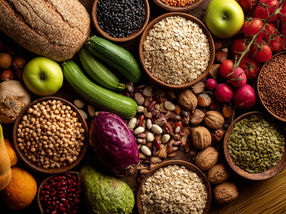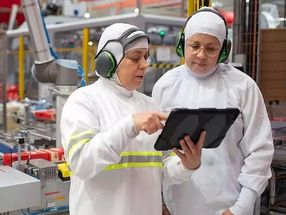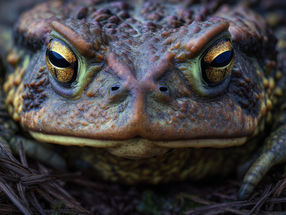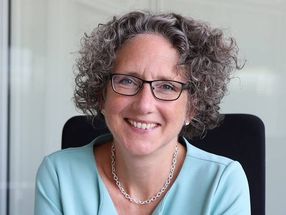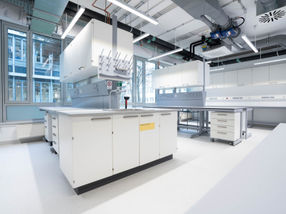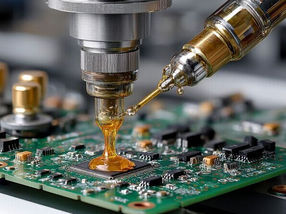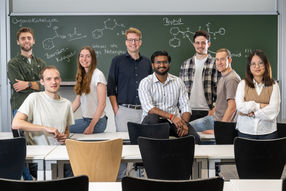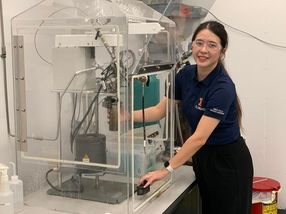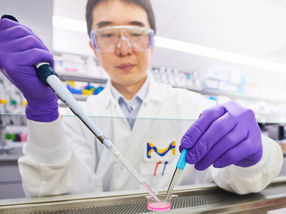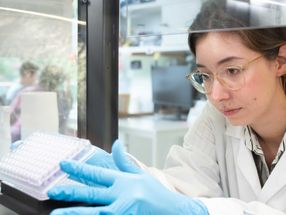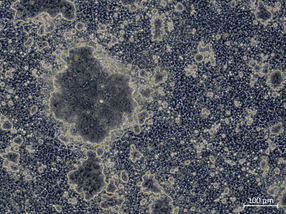How milk production can be made more climate-friendly
Cooperation between Nürtingen-Geislingen University, Nestlé, Original Wagner Pizza GmbH and Hochwald Foods GmbH
Advertisement
In a final presentation on the Climate milk Farm, a joint project between Nürtingen-Geislingen University (HfWU), Nestlé, Original Wagner Pizza GmbH and Hochwald Foods GmbH, the project partners are for the first time comprehensively documenting the impact of climate protection measures on a representative dairy farm, the Frese farm in Mörshausen, Hesse. The aim of the pilot project, which started at the end of 2021, was to show ways in which milk production can be made more climate-friendly by 2050 - without jeopardizing the economic viability of the farms. The results have now been published in a comprehensive progress report, supplemented by practical fact sheets that evaluate the effectiveness and economic efficiency of the individual measures.
Measurable success in CO₂e reduction
The climate-friendly dairy farm is firmly integrated into the supply chain so that the CO₂e reduction can be transparently tracked from the farm to the product - in this case cheese for pizza production (CO₂e stands for the equivalent of various greenhouse gases). Since the start of the project, numerous operational and technical measures have been implemented and scientifically monitored. At the heart of the project is the calculation of emissions using the Cool Farm Tool (CFT) accounting program. First, a baseline ("zero point") was determined for the Frese farm based on the 2020/21 marketing year. Subsequently, annual emission calculations were carried out in order to make the effect of the reduction measures comprehensible. Compared to the baseline value (2020/2021 marketing year), the reduction in CO2e per kilogram of milk in the 2024/2025 marketing year was approx. 35%.
Detlef Latka, Chief Executive Officer of Hochwald Foods GmbH: "The experience at the Klima Milchfarm makes it clear: climate protection in agriculture is essential, but it costs money. This puts economic stability under pressure - which makes practical, scientifically sound approaches to resolving this conflict of objectives all the more important." Oliver Schoß from Original Wagner Pizza GmbH adds: "A large proportion of our greenhouse gas emissions are generated at the very beginning of our supply chain - with our raw materials. Our Climate Milk Farm project was able to reveal which measures are particularly promising for cheese. We now need to share and implement these valuable findings with our partners along the supply chain."
Most effective measures
The measures are divided into internal management (barn, feeding, energy, manure management) and external management (forage production, fertilization, crop production). The most effective single measure in indoor management is the fermentation of liquid manure or solid manure in an external biogas plant. The addition of an additive to the liquid manure and the use of a feed additive to reduce methane emissions from digestion also show a high reduction potential. However, the use of such additives is often cost-intensive and cannot be implemented without funding. Feed and feeding control, the use of silage additives and intensive calf and young stock rearing increase feed efficiency and also reduce CO2e emissions. Crop production measures such as legume/crop cultivation or carbon sequestration proved to be weather-dependent and could not always be fully taken into account.
Prof. Dr. Stephan Schneider, University of Applied Sciences (HfWU): "The most important finding is that even the implementation of good professional practice on a dairy farm today leads to an improved carbon footprint. To achieve this, the management of the farm must be consistently optimized and professionalized. While individual measures in the internal economy are ecologically, economically and socially beneficial, other measures in the economic/social area have a weak point, which means that they cannot be implemented by the farms alone without support." The economic component plays a key role in many measures. For farms that implement climate protection measures in the short and long term, it is important that both the legal and bureaucratic framework conditions are predictable and secure and that the economic costs do not jeopardize the stability of the farm.
Experiences and challenges
The report emphasizes that the motivation and personal responsibility of the farm manager were decisive for success. Mario Frese implemented numerous measures with the support of the project team and managed a considerable amount of documentation. Mario Frese: "Many of the measures can be implemented with little effort once they have been established on the farm. I will certainly keep them on our farm." However, there were also challenges in the course of the project, for example in terms of accounting: not all savings can be measured directly - many have an indirect effect, for example through efficiency increases in internal management. Plant measures are dependent on the weather, which makes it difficult to take them into account. Delays in funding procedures led to provisional interim solutions in barn and feed management.
Transferability and outlook
The project will continue until April 2026 to collect further data. The results have model character. Some measures, known as "low hanging fruits", could be implemented on the farm quickly and cost-effectively. Low hanging fruits are present in different types and numbers on each farm, depending on the farm's individual circumstances. The findings and results of the project are incorporated into the Hochwald Milch Plus sustainability program, thus supporting all member farms in the implementation of CO₂e reduction measures and contributing to the achievement of climate targets along the entire value chain.
Note: This article has been translated using a computer system without human intervention. LUMITOS offers these automatic translations to present a wider range of current news. Since this article has been translated with automatic translation, it is possible that it contains errors in vocabulary, syntax or grammar. The original article in German can be found here.




